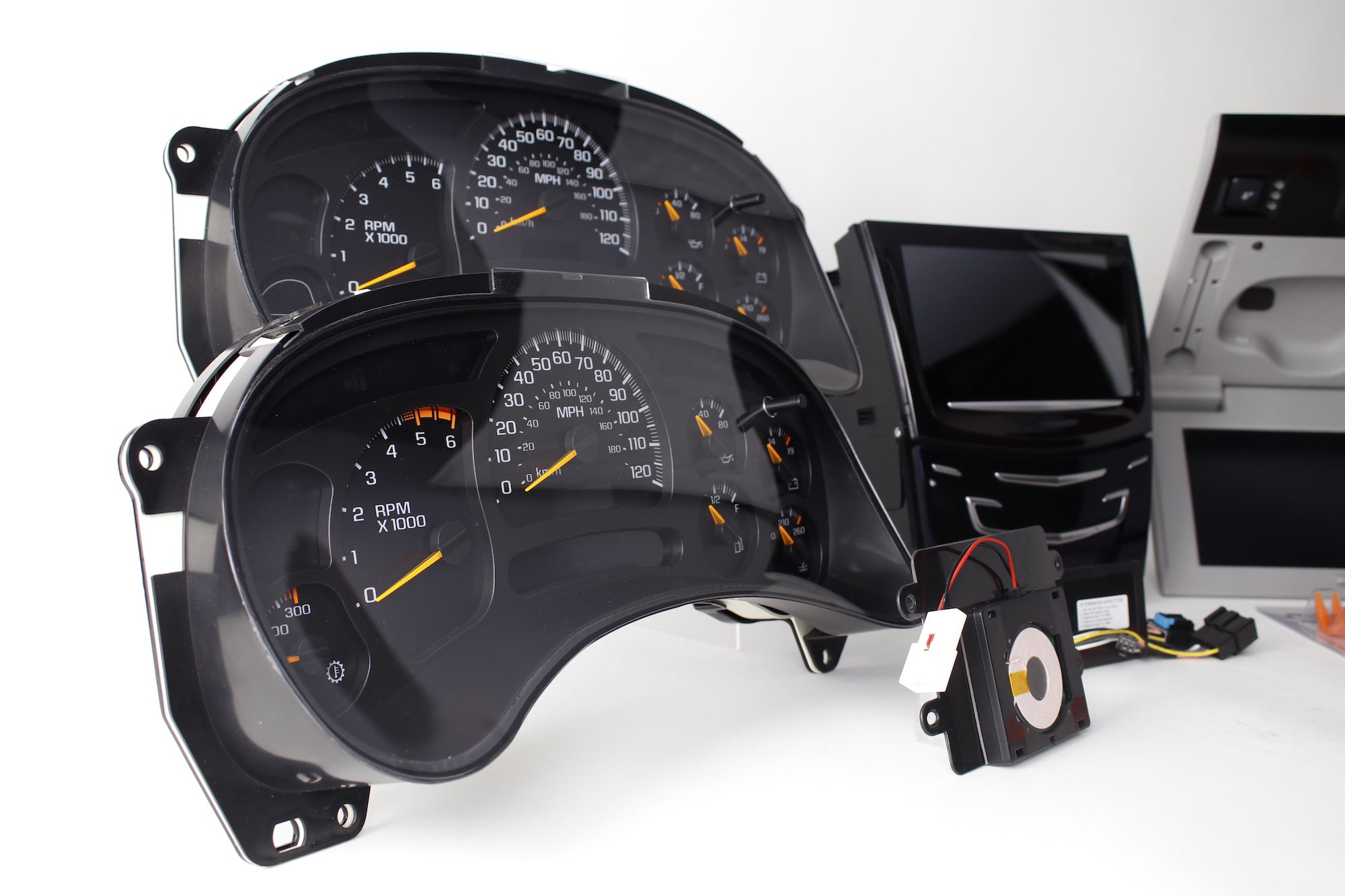Common Chevy Silverado Climate Control Problems [Troubleshoot and Fix]
Common chevy silverado climate control problems can include issues with the blower motor, temperature control, or control panel. These problems may result in the air conditioning or heating not working properly, or the controls not responding to changes.
Signs Of Chevy Silverado Climate Control Problems
Climate control problems can greatly impact the performance of chevy silverado trucks. Some common indications of such issues include inconsistent temperature regulation, insufficient airflow, strange odors, noisy operation, and malfunctioning controls. These problems can lead to a discomforting driving experience and affect the overall comfort and satisfaction of the vehicle occupants.
In the case of inconsistent temperature regulation, the cabin may feel too hot or cold even when the settings are adjusted appropriately. Insufficient airflow can result in insufficient ventilation and a stagnant cabin environment. Strange odors often indicate mold or mildew growth in the hvac system.
Noisy operation suggests a malfunctioning fan or motor. Lastly, malfunctioning controls can make it difficult to change the temperature or adjust the fan speed. It is important to address these climate control problems promptly to ensure optimal performance and comfort in your chevy silverado.
Checking The Climate Control System
Checking the climate control system in a chevy silverado is essential to identify potential problems. Start by checking for any cooling or heating issues. Next, evaluate the air distribution to ensure proper airflow in all areas. Pay attention to any unusual noises or smells during the operation.
Inspect the control panel for any malfunctioning buttons or indicators. Also, check the wiring connections for any loose or damaged wires. Lastly, consult the owner’s manual for diagnostic codes and troubleshoot accordingly. By following these step-by-step instructions, you can efficiently troubleshoot and avoid misdiagnosis of common climate control problems in a chevy silverado.
Improve the comfort and functionality of your vehicle by addressing these issues promptly, ensuring a pleasant driving experience.
Diy Fixes For Chevy Silverado Climate Control Problems
Chevy silverado climate control problems can be frustrating, but there are diy fixes you can try. To address temperature control issues, check the blend door actuator and replace if necessary. If the blower motor is malfunctioning, replace it with a new one to restore proper airflow.
Inadequate airflow may be caused by a clogged cabin air filter, so clean or replace it. Another common problem is a faulty control panel, which may require a replacement. Make sure to follow the detailed instructions provided for each fix.
By addressing these common climate control issues in your chevy silverado, you can maintain a comfortable driving experience.
Reprogramming The Climate Control Module
Reprogramming the climate control module plays a crucial role in resolving specific issues that arise with the chevy silverado’s climate control system. By understanding the significance of this process, you can effectively address common problems. To reprogram the module in a chevy silverado, follow these step-by-step instructions: first, locate the climate control module, typically found under the dashboard.
Then, disconnect the negative terminal of the car battery for a few minutes to reset the system. Next, reconnect the battery and turn on the ignition without starting the engine. Access the climate control module menu and select the reprogramming option.
Follow the prompts to complete the reprogramming process. This procedure can help rectify climate control problems and enhance the functionality of your chevy silverado.
Replacing Faulty Climate Control Components
Replacing faulty climate control components in your chevy silverado is crucial for maintaining a comfortable driving experience. The thermostat, heater core, and blend door actuator are common culprits that may need replacement. A malfunctioning thermostat can lead to inconsistent temperature control, while a faulty heater core can result in weak or no heat at all.
Similarly, a defective blend door actuator can cause problems with the air distribution in your vehicle. To address these issues, follow detailed instructions on replacing these parts to ensure optimal functioning and climate control in your chevy silverado. By identifying and replacing these key components, you can enjoy a comfortable driving experience regardless of the weather outside.
Seeking Professional Help For Complex Climate Control Problems
Seeking professional help for complex chevy silverado climate control problems is essential. When facing more advanced issues, it’s crucial to know when to consult a skilled technician. Asking the right questions and considering important factors will lead you to a reputable repair shop.
Making this choice ensures that your climate control problems are addressed with expertise and efficiency. With their knowledge and experience, professional technicians can diagnose and fix even the most intricate issues with your chevy silverado’s climate control system. Rest assured that by relying on their skills, you can resolve any problems and enjoy optimal performance from your vehicle’s climate control system.
So, if you encounter any complex climate control problems in your chevy silverado, don’t hesitate to seek the assistance of a professional technician. Their expertise will ensure that your vehicle’s climate control system is in excellent working condition.
Preventing Future Climate Control Problems
Maintaining a healthy and efficient climate control system in your chevy silverado requires proactive measures. To prevent future climate control problems, follow these maintenance tips. Firstly, regularly check and clean the air filters to ensure proper airflow. Secondly, inspect the blower motor and its wiring for any signs of damage or malfunction.
Thirdly, maintain the refrigerant levels and check for leaks. Fourthly, clean the condenser coils and ensure they are free from debris. Additionally, inspect the compressor and its belt for any wear and tear. Moreover, regularly test the temperature control functions and calibrate if necessary.
Lastly, perform regular system checks and consult a professional if you notice any abnormalities. By taking these proactive steps, you can minimize the risk of climate control issues in your chevy silverado.
Conclusion
To sum up, the chevy silverado is a remarkable truck but, like any vehicle, it can experience climate control problems. The most common issues include a malfunctioning temperature sensor, a faulty blower motor, and a malfunctioning control panel. These problems can lead to the air conditioning or heating not working properly or not at all.
It is important to address these issues promptly to ensure passenger comfort and safety. If you suspect your silverado is experiencing climate control problems, it is recommended to consult a certified technician who can diagnose and repair the issue. Regular maintenance, including checking the air filters and inspecting the climate control system, can help prevent these problems from occurring.
By addressing climate control problems in a timely manner, you can ensure a comfortable and enjoyable driving experience in your chevy silverado.
- Finding The Right 2005 F150 Truck Bed Cover - June 22, 2025
- Finding The Right 2004 Ford F150 Truck Bed Cover - June 22, 2025
- Finding The Right 2004 Chevy Silverado Truck Bed Cover - June 22, 2025



